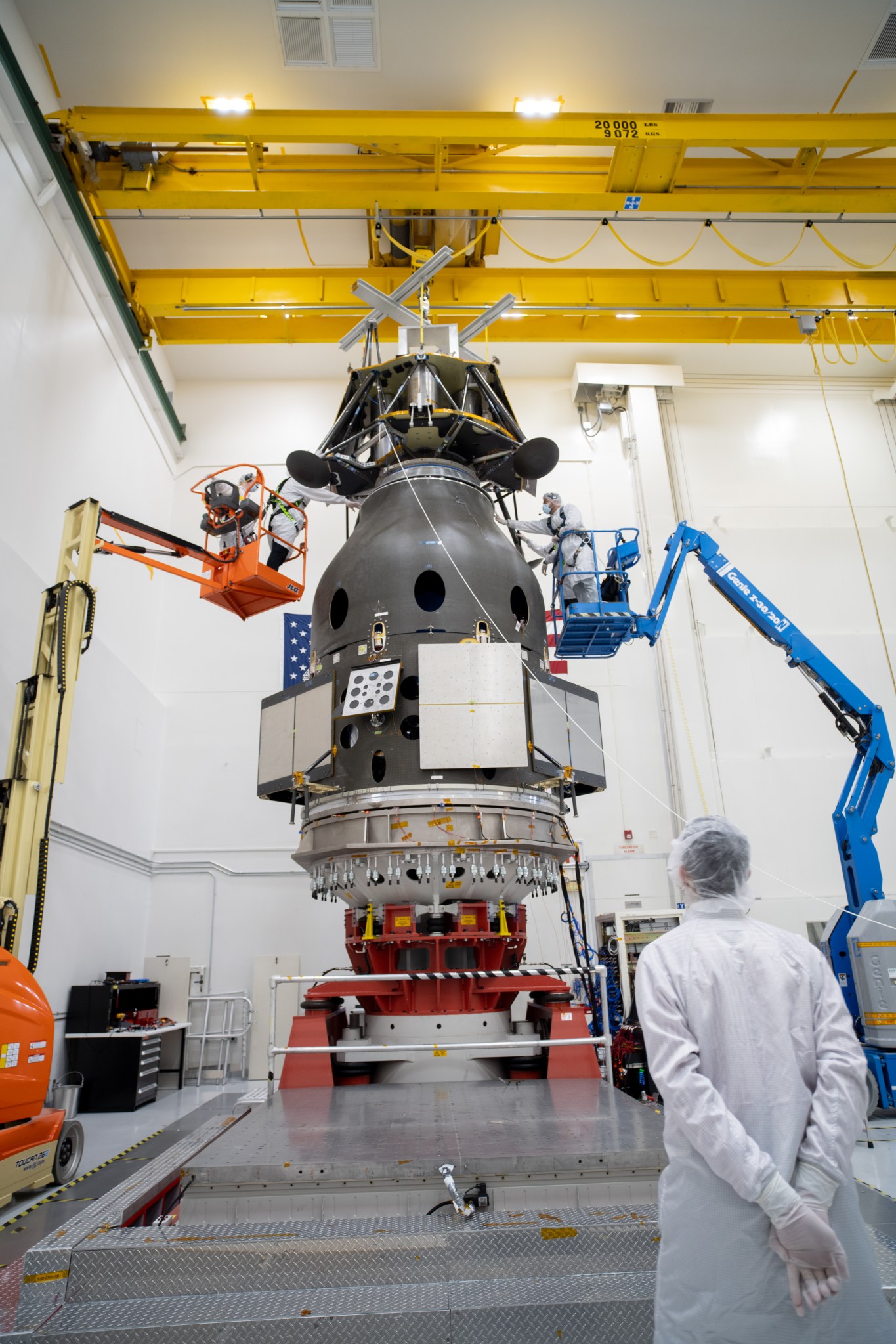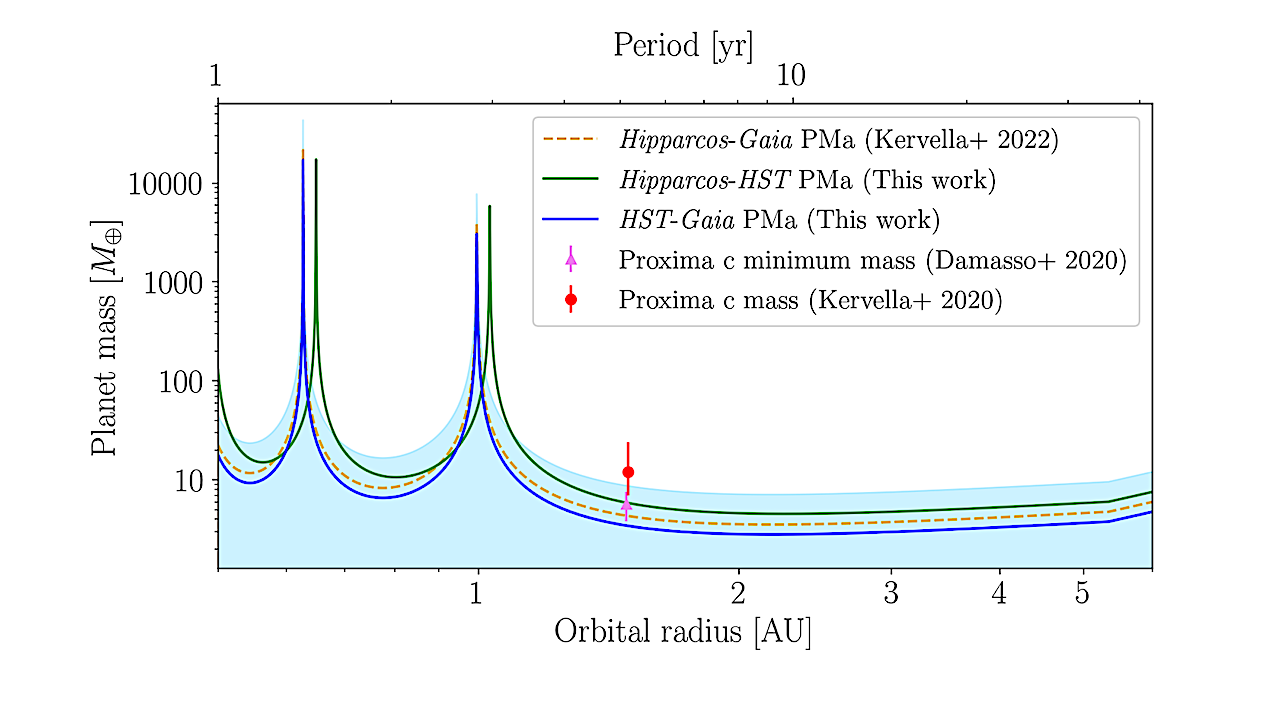4 min read Preparations for Next Moonwalk Simulations Underway (and Underwater) Two composite images show side-by-side observations of the Perseus Cluster from NASA’s IXPE (Imaging X-Ray Polarimetry Explorer) and Chandra
2 Min Read NASA Launches Research Program for Students to Explore Big Ideas NASA is now accepting concepts for a new research challenge. The Opportunities in Research, Business, Innovation, and
After 25 years of continuous human presence in space, the International Space Station remains a training and proving ground for deep space missions, enabling NASA to focus on Artemis missions
Artemis II NASA astronauts (left to right) Reid Wiseman, Victor Glover, and Christina Koch, and CSA (Canadian Space Agency) astronaut Jeremy Hansen stand in the white room on the crew
2 min read How Small Is Too Small? Volunteers Help NASA Test Lake Monitoring From Space Jen Oden, Snohomish County Water Quality Specialist, and Megan Lane, LOCSS team member, report
6 min read Preparations for Next Moonwalk Simulations Underway (and Underwater) To view this video please enable JavaScript, and consider upgrading to a web browser that supports HTML5 video A
Collection of a sea pig crawling across the nodule-covered seafloor in the Clarion–Clipperton Zone. Photo: ROV Isis/SMARTEX There is a high demand globally of critical metals, and many countries want
Expected mass of Proxima c as a function of its orbital radius derived from the PMa analysis. The solid blue line shows the mass estimate obtained in this work from
5 min read Preparations for Next Moonwalk Simulations Underway (and Underwater) An environmental chemist at NASA JSC NASA Ensuring Astronaut Safety Achieving safe exploration of space in vehicles that rely
-
 01From Polymerization-Enabled Folding and Assembly to Chemical Evolution: Key Processes for Emergence of Functional Polymers in the Origin of Life
01From Polymerization-Enabled Folding and Assembly to Chemical Evolution: Key Processes for Emergence of Functional Polymers in the Origin of Life -
 02Panasonic Leica Summilux DG 15mm f/1.7 ASPH review
02Panasonic Leica Summilux DG 15mm f/1.7 ASPH review -
 03Two Black Holes Observed Circling Each Other for the First Time
03Two Black Holes Observed Circling Each Other for the First Time -
 04How New NASA, India Earth Satellite NISAR Will See Earth
04How New NASA, India Earth Satellite NISAR Will See Earth -
 05And Thus Begins A New Year For Life On Earth
05And Thus Begins A New Year For Life On Earth -
 06Astronomy Activation Ambassadors: A New Era
06Astronomy Activation Ambassadors: A New Era -
07SpaceX launch surge helps set new global launch record in 2024















